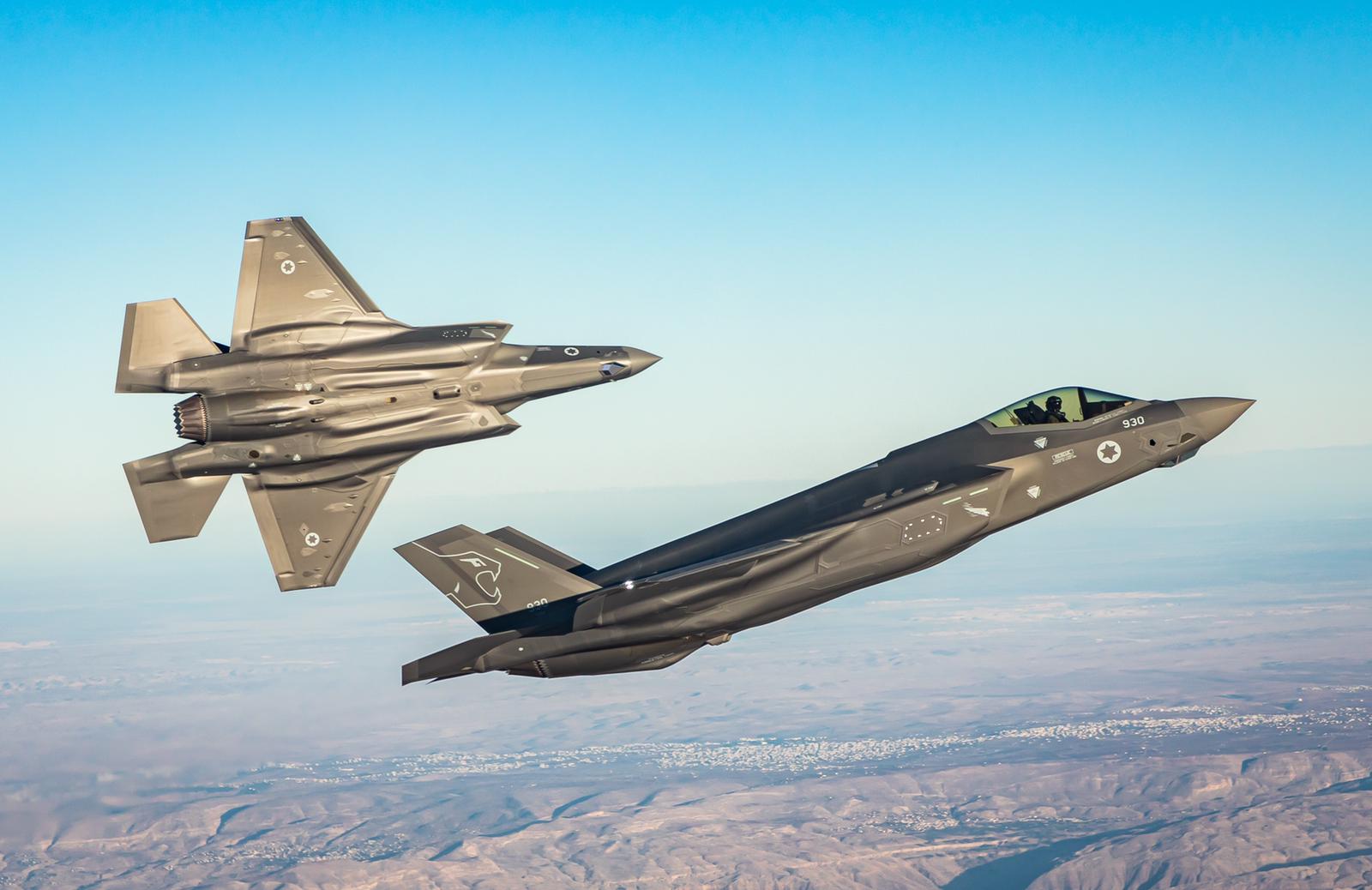Israel says there are still months to go before the war in Gaza, which has left much of the territory in ruins, killed at least 22,000 Palestinians and plunged its 2.3 million residents into a humanitarian catastrophe.
But it marked the start of a new phase in its offensive when an Israeli official said on Monday that the army would withdraw its troops from the Gaza Strip this month and move to a phase of “purges” that would more locally last a month.
The Israeli official said the troop reduction would allow some reservists to return to civilian life, support Israel’s war-torn economy and free up units in the event of a major conflict in the north with Lebanese Hezbollah.
Signs of a slowdown in northern Gaza emerged when the U.S. Navy announced that the aircraft carrier Gerald R. Ford had deployed to the eastern Mediterranean after the outbreak of hostilities and would return to its homeport in Virginia.
The semi-official Tasnim news agency reported on Monday that the Iranian warship Alborz accidentally entered the Red Sea at a time when tensions were rising on the main sea route due to attacks by Yemen’s Houthis, who support Hamas.
Artillery fire between Hezbollah and Israel has rocked the border since the start of the conflict in Gaza, with the Israeli army saying it carried out an airstrike on Monday.
The Israeli official said the situation at the Lebanese border “must not continue.” The next six months are a critical time.
Each new escalation carries a greater risk of a broader regional war. US troops have already been attacked by resistance groups in Syria, Iraq and Lebanon.
“My wish for 2024 is not to die… Our childhood is over. There are no toilets, no food, no water. Just tents,” says Layan Harara, 11, in Rafah, Gaza. In the city zoo, people camped among cages of hungry animals.
Tanks withdrawn
Residents of Gaza City’s Sheikh Radwan district, in the northern part of the enclave where the Israeli offensive first focused, said the tanks had withdrawn after what they called 10 days of war, the most intense since it began of the conflict.
“The tanks were very close. We could see them outside the houses. We couldn’t go out to stock up on water,” said Nasser, a father of seven who lives in Sheikh Radwan.
The tanks also withdrew from Gaza City’s al-Mina district and parts of Tel al-Hawa district, while holding some positions in the outskirts and controlling the besieged enclave’s main coastal road, residents said.
On Monday, Hamas’s military wing said it had killed 15 Israeli soldiers after detonating an explosive minefield east of Gaza City’s Tuffah district.
Tanks remained in other parts of the northern Gaza Strip and fighting continued unabated in central parts of the enclave, residents said, citing tank shelling on parts of the Al-Bureji refugee camp, in the center of the Gaza Strip.
Even after more than twelve weeks of war, Hamas has demonstrated that it is still capable of attacking Israel by firing rockets at Tel Aviv.
Hamas captured 240 prisoners as of Oct. 7 and Israel estimates 129 remain captive in Gaza after some were released during a brief ceasefire and others were killed in Israeli airstrikes and rescue or escape attempts.
Qatar and Egypt are trying to negotiate a new ceasefire and prisoner treaty.
“Without destroying Hamas’ terrorist infrastructure and undermining its ability to govern, the war will not end,” Avi Töpfer, a member of Israel’s security cabinet, said on Kan Radio.
Israeli Prime Minister Benjamin Netanyahu said on Saturday that the country must regain control of the Gaza-Egypt border, an area now teeming with civilians who have fled the carnage in the rest of the enclave.
The resumption of the border could also mark a near reversal of the 2005 Israeli withdrawal from Gaza, raising new questions about the future of the enclave and the prospects for a Palestinian state.
Washington has said Israel should give a Palestinian government control of Gaza once the conflict is over.

